High-Speed Single-Photon SPAD Camera
High-Speed Single-Photon SPAD camera for low-light, high-speed and 3D imaging applications.
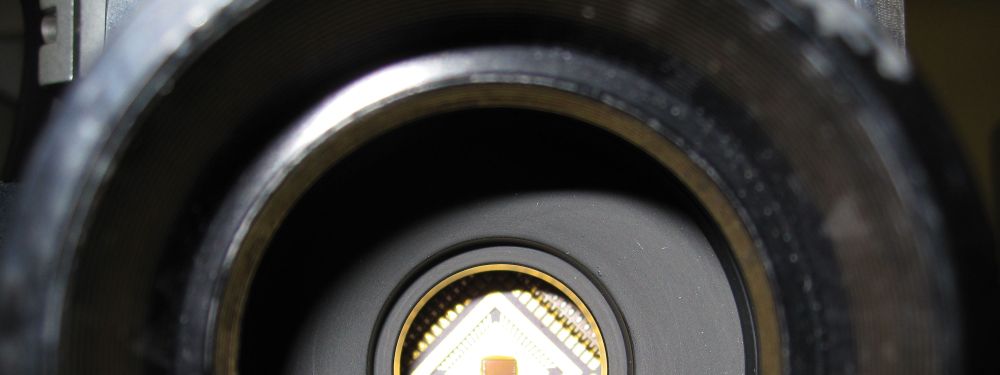
SPADs and Applications in a nutshell
SPAD stands for Single-Photon Avalanche Diode. It is a photodetector which works in a fundamentally different way compared with traditional ones: traditional detectors are "analog", meaning that the more light you shine on them, the larger electrical signal they produce. SPADs are "digital" and works based on a principle similar to geiger counters used to detect radiation: when a photon (the smallest unit of light) is absorbed, a large electrical signal is generated. This allows to detect single photons. If you want to know more about SPAD devices, check this blog post.
Arrays. SPADs are often used in arrays/imagers. This allows to create 2D images of the phenomenon under study and also to extend the device detection capability to higher intensity light signal (i.e. extend the dynamic range).
SPAD applications varies a great deal. Essentially SPADs can be used in one of two modes:
- Photon-counting: a SPAD array is used to count the number of photon in a light signal during a certain time (light signal is said to be "integrated" by the detector). This allows to precisely measure the intensity over time of very weak light or fast signals. Some applications worth mentioning are biological measurements (fluorescence, FCS), high-speed imaging, low-light imaging, astrophysics.
- Photon-timing: when a photon is detected, the output signal generate has very small time-jitter. This means the signal's rising edge can be used to precisely mark the time of arrival of the photon. In this mode of operation a SPAD array can be used, among many other applications, in fluorescence imaging, 3D imaging, time-of-flight imaging.
What was my research about?
This work is the result of my research while I was a PhD candidate at Politecnico di Milano, Italy. The research results have been used in real world applications and research labs at MIT and UCLA.
SPADs detector can be made in two ways: SPADs can be custom designed using dedicated processes or they can be integrated in well established commercial CMOS processes. The former allows to obtain the best SPADs in terms of efficiency and timing resolution, the latter allows the design of large arrays and imagers. My research was focused on CMOS-SPAD arrays/imagers: I designed a novel mixed-signal integrated SPAD front-end electronics (VLQC) which is still used in SPAD imagers developed by the group. Based on the VLQC I developed a single pixel, a linear array and eventually a full blown 32x32 pixel monolithic imager able to detect single photons at 100,000 frames per seconds. Subsequently I designed the high-speed discrete system electronics based on FPGA responsible to process and download the data from the imager. Finally I coded a user-friendly PC/Unix/MacOS software to manager the imager, generate images and save the data for further analysis. The SPAD camera was a successful product and it was requested for many applications and experiments from all over the world. Most notable, I integrated and used it in a Quantum Imaging experiment at MIT and in a Fluorescence Correlation Spectroscopy (FCS) experiment at UCLA.
The SPAD camera was turned into a real product and sold by Micro-Photon-Devices.
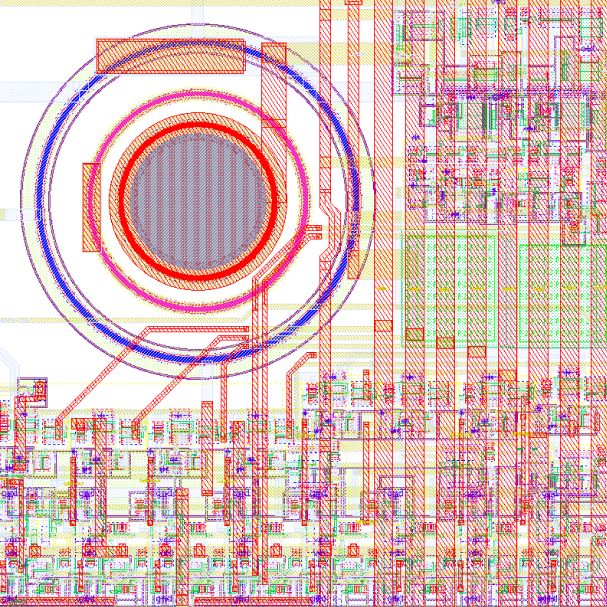
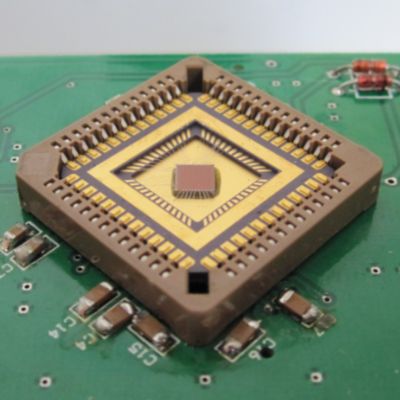
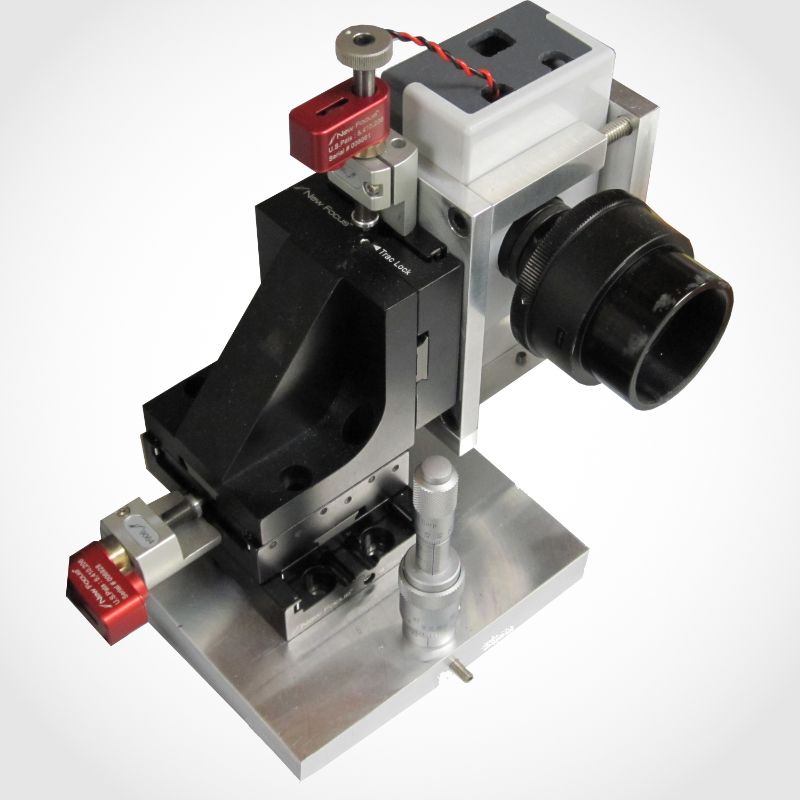
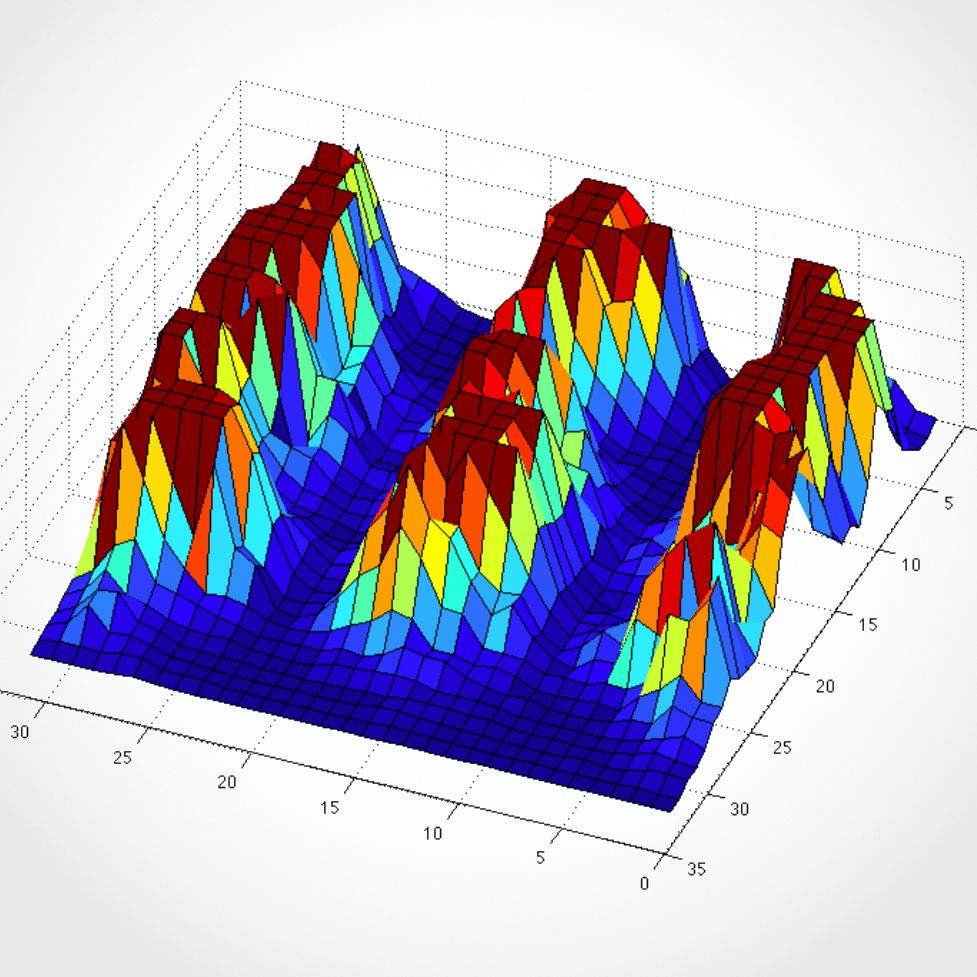
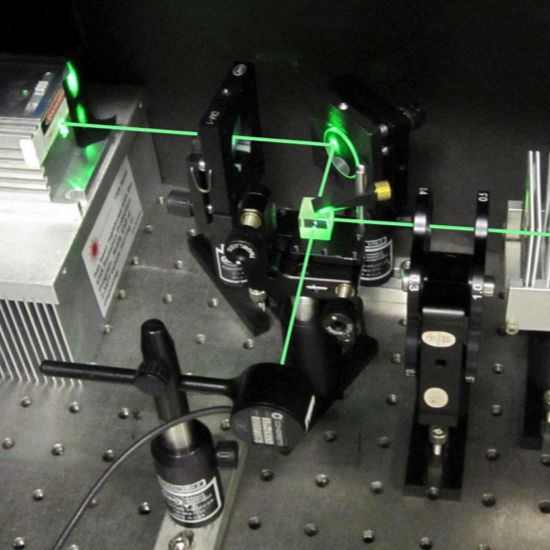
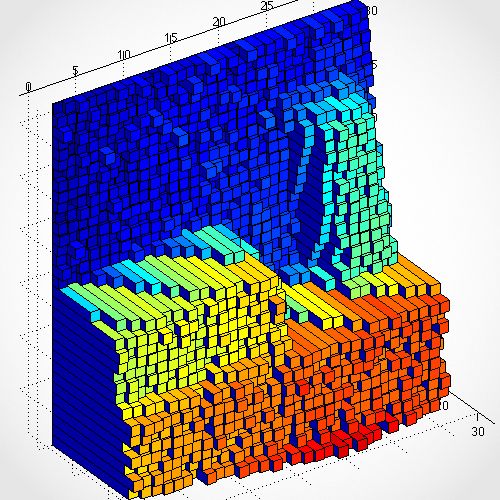
Below you can find a presentation from my PhD research with more informations and scientific results. Do not hesitate to contact me should you have further questions or curiosities about this work.
If you want to hear more about the history of SPAD detectors and about the research work at Politecnico di Milano's SPADlab, watch this awesome lecture (in Italian) by Prof. Sergio Cova.